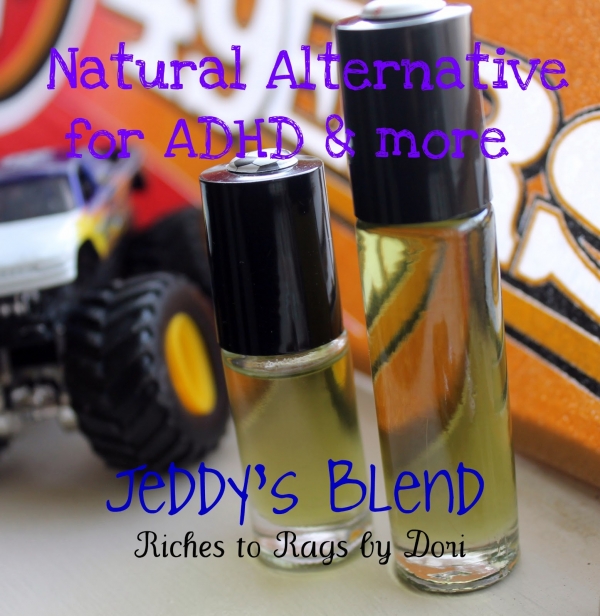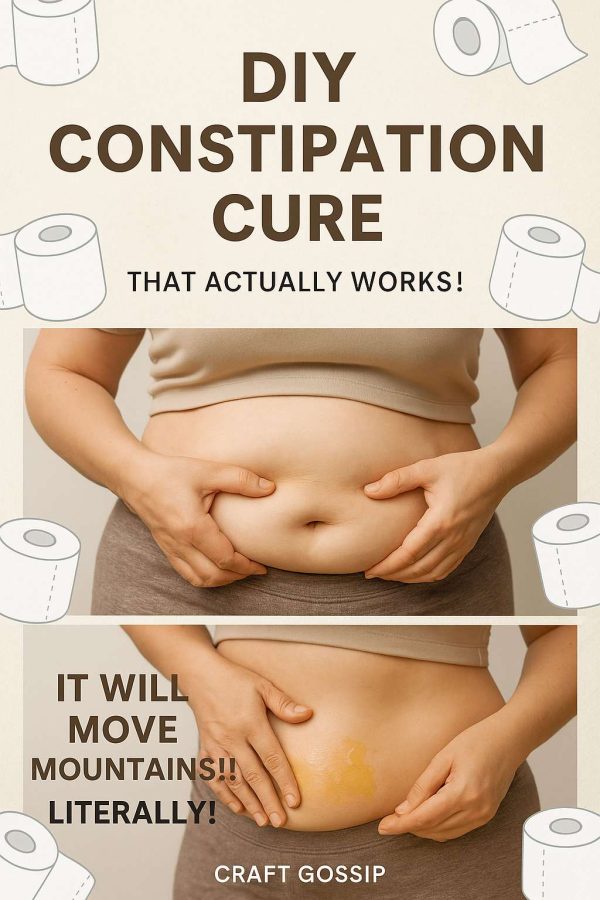
I am not going to take sides on the ADHD controversial wall but I have been asked to share this Essential oil recipe. This blend of oils, which not only helped one woman but has many more praising it’s Natural ability. Check out the full article as well as details on where to get this. You can try it out from as little as $28 per bottle. Full Story can be seen here.

I wish you would not encourage people to fork over $28/bottle for something that has only anecdotes to back up its claims. If essential oils truly did work for ADHD, there would be clinical trial results. This is an expensive bit of wishful thinking and you do your readers no favors by lending credence to it.
Keep up the great job! I have to disagree with Shay! As a mother of a child with Tourette’s….I know that there are times that a traditional medicine may or may not work…so great to have some alternatives to use or help out what you are already using! Plus I am a teacher and find that some times the little things can work especially for kids with sensory issues. I have several friends who are school psychologists and it is amazing the number of these women who believe in these oils and use them personally! That right there says a lot when they have resources to therapy, doctors, & meds…..they go for their oils first….which are natural!
I have to disagree with Shay. I have several friends who are school psychologists and they head for the essential oils first. They know they are natural and have been around for thousands of years….read about them in the Bible as well!
Essential oils are not generally used by traditional western medicine doctors and they are not made by big pharma so there are no clinical trials required. There’s no FDA oversight demanding such trials, nor will essential oils be endorsed by the FDA. The results vary person to person, but we too have had enormous benefits using non traditional treatment options for our kiddos. I am interested to know what oils were used because some oils are too harsh for my little one’s skin. Do you use a carrier oil, like almond oil?
So glad you found something that helps. It’s hard enough for kids with challenges. I hate that society thinks it’s okay for schools to try to force medications on them. There’s a class action lawsuit against the makers of “risperdal” which went through the “clinical trials” that Shay suggests prove a drug works. Apparently it causes boys who took it to develop female breast tissue. I don’t know about you, but I’d sooner take a chance on EOs before trusting big pharma and their chemical concoctions with so called “positive results”.
Shay, I wish you would not DIScourage people from trying something more natural, less expensive, less harmful, and potentially more beneficial than high priced chemicals regulated by the pharmaceutical companies. These remedies have been around for centuries, and, with all due respect, you don’t have a clue what you’re talking about. I use a homeopathic remedy on my dog that has completely eliminated seizures, so please don’t disregard remedies that can and do work for some people.
There are no chemicals in essential oils? That’s scientifically impossible. I wish someone would explain to me why it’s okay for an individual, online, to flog an unknown concoction with no oversight — ‘natural’ treatments aren’t regulated and can say anything they like about their contents and usage — and make a nice profit… but a corporation that has to undergo product testing to support any claims is somehow suspect.
Barnum was right.